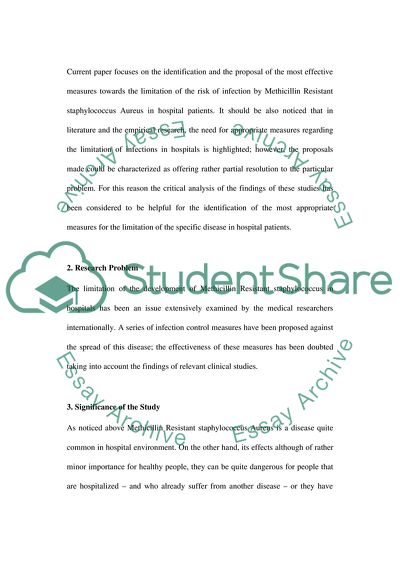Cite this document
(Does infection control measure prevent the spread of Methicillin Research Proposal, n.d.)
Does infection control measure prevent the spread of Methicillin Research Proposal. https://studentshare.org/health-sciences-medicine/1715159-does-infection-control-measure-prevent-the-spread-of-methicillin-resistant-staphylococcus-aureus-in-hospital-patients
Does infection control measure prevent the spread of Methicillin Research Proposal. https://studentshare.org/health-sciences-medicine/1715159-does-infection-control-measure-prevent-the-spread-of-methicillin-resistant-staphylococcus-aureus-in-hospital-patients
(Does Infection Control Measure Prevent the Spread of Methicillin Research Proposal)
Does Infection Control Measure Prevent the Spread of Methicillin Research Proposal. https://studentshare.org/health-sciences-medicine/1715159-does-infection-control-measure-prevent-the-spread-of-methicillin-resistant-staphylococcus-aureus-in-hospital-patients.
Does Infection Control Measure Prevent the Spread of Methicillin Research Proposal. https://studentshare.org/health-sciences-medicine/1715159-does-infection-control-measure-prevent-the-spread-of-methicillin-resistant-staphylococcus-aureus-in-hospital-patients.
“Does Infection Control Measure Prevent the Spread of Methicillin Research Proposal”. https://studentshare.org/health-sciences-medicine/1715159-does-infection-control-measure-prevent-the-spread-of-methicillin-resistant-staphylococcus-aureus-in-hospital-patients.


